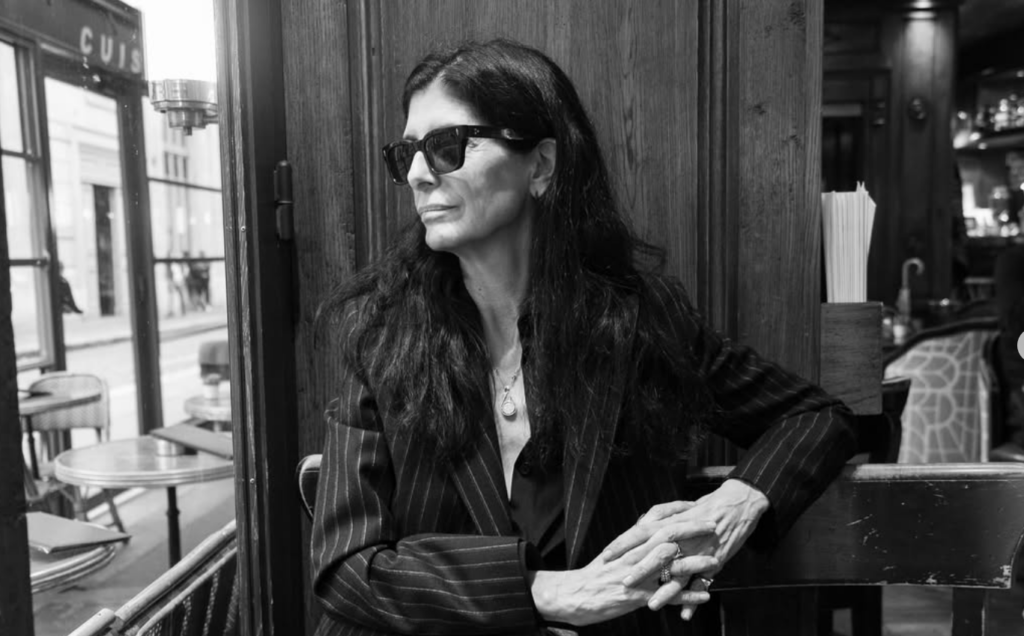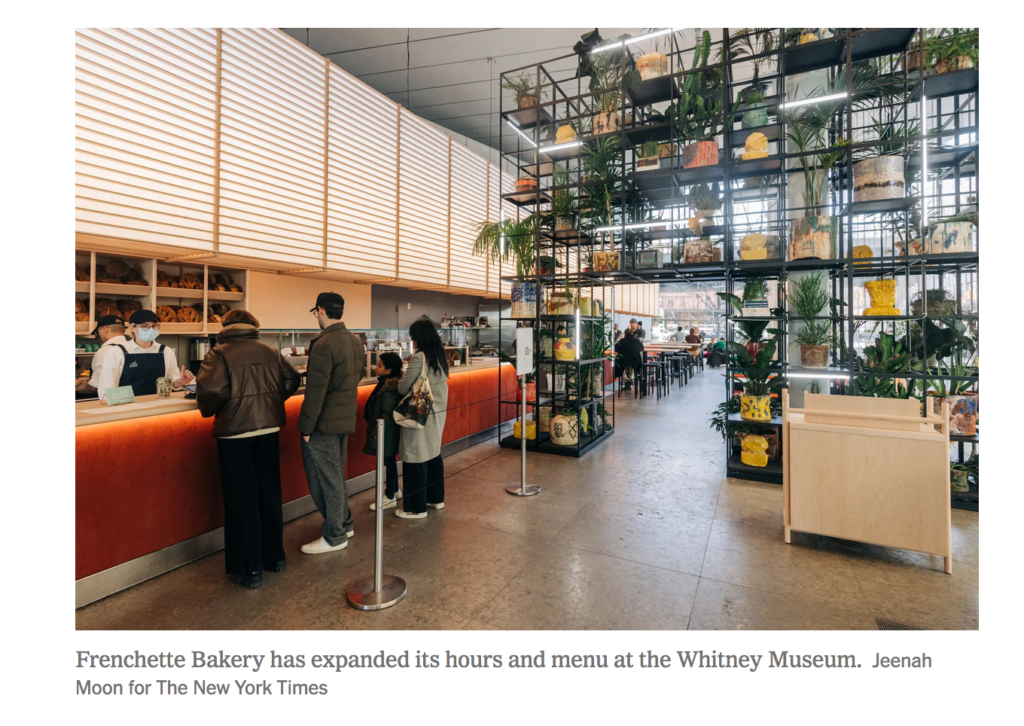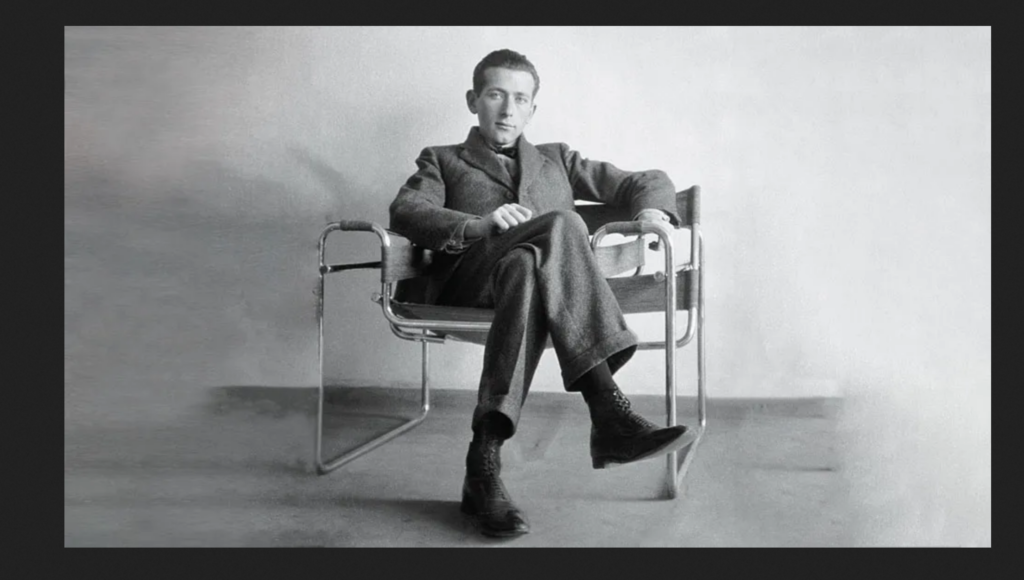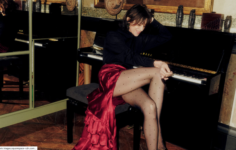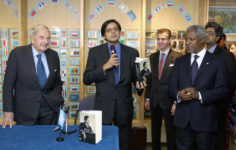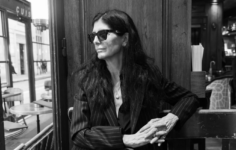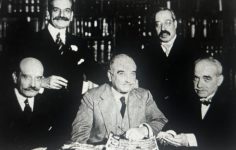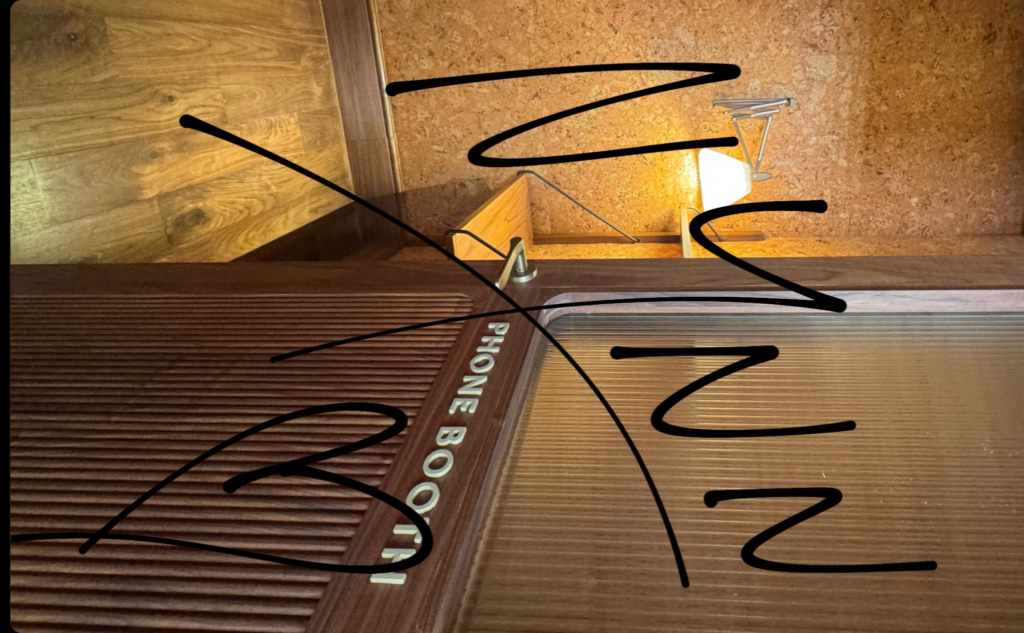Nili Lotan> Tomorrow is Marcel Breuer’s birthday—one of the greatest American modernist architects and furniture designers of the 20th century. His legacy spans iconic museums, libraries, universities, office buildings, and homes. I’ve been lucky enough to live in one of them—an experience that has deeply shaped my perspective on space, form, and simplicity. Modern architecture and minimalism have long inspired my work, and Breuer’s influence continues to resonate in my design vocabulary today.
[For New York Art Week, I spoke to Whitewall about my favorite places in the city to see art, get coffee, and remain inspired]
WHITEWALL: What’s the best spot to find inspiration in New York?
NILI LOTAN: The Noguchi Museum. Early on, I was drawn to the understated minimalism of Noguchi. The organic elements, the authenticity of raw materials, and the simplicity of the lines inspired and continues to inspire me in my work.
WW: Where is the best off-the-beaten-path to see art in New York?
NL: There’s a new section in town in northern TriBeCa with art galleries. Some have moved from Chelsea and others have opened their doors here. I think that these are worth exploring.
WW: What’s the best kept secret in New York?
NL: Frenchette Bakery. It’s hidden away in an unassuming office building just around the corner from my studio in TriBeCa. Beyond finding this space, for me, the experience feels very sentimental. When I walk in everyday to get my coffee, the smell of the croissant and baked goods fills me with joy and reminds me of my childhood.
View this post on Instagram
Marcel Breuer (born May 21, 1902, Pécs, Hungary—died July 1, 1981, New York City, New York, U.S.) was an architect and designer, one of the most-influential exponents of the International Style; he was concerned with applying new forms and uses to newly developed technology and materials in order to create an art expressive of an industrial age.
From 1920 to 1928 Breuer studied and then taught at the Bauhaus school of design, where modern principles were applied to the industrial as well as to the fine arts. There he followed the lead of Walter Gropius in espousing unit construction—i.e., the combination of standardized units to form a technologically simple but functionally complex whole. In 1925, inspired by the design of bicycle handlebars, he invented the tubular metal chair; his original version is known as the Wassily chair.
In 1928 Breuer began the private practice of architecture in Berlin. For the Swiss architectural historian Sigfried Giedion, he designed the Dolderthal Apartments, Zürich (built 1934–36). During his two years of architectural practice in London, in partnership with F.R.S. Yorke, he designed for the Isokon firm some laminated plywood furniture that became widely imitated. In 1937 he went to Harvard University to teach architecture, and from 1938 to 1941 he practiced with Gropius in Cambridge, Massachusetts. Their synthesis of Bauhaus internationalism with New England regional aspects of wood-frame building greatly influenced domestic architecture throughout the United States. Examples of this style of building were Breuer’s own house at Lincoln, Massachusetts (1939), and the Chamberlain cottage at Wayland, Massachusetts (1940).
Breuer moved to New York City in 1946 and thereafter attracted numerous major commissions: the Sarah Lawrence College Theatre, Bronxville, New York (1952); the United Nations Educational, Scientific and Cultural Organization (UNESCO) Headquarters, Paris (1953–58; with Pier Luigi Nervi and Bernard Zehrfuss); St. John’s Abbey, Collegeville, Minnesota (1953–61); De Bijenkorf department store, Rotterdam (1955–57); the International Business Machines (IBM) research centre, La Gaude, France (1960–62); and the Whitney Museum of American Art, New York City (completed 1966); and the headquarters for the Department of Housing and Urban Development (HUD), Washington, D.C. (1963–68). He retired from practice in 1976.
The Editors of Encyclopaedia BritannicaThis article was most recently revised and updated by Encyclopaedia Britannica.


